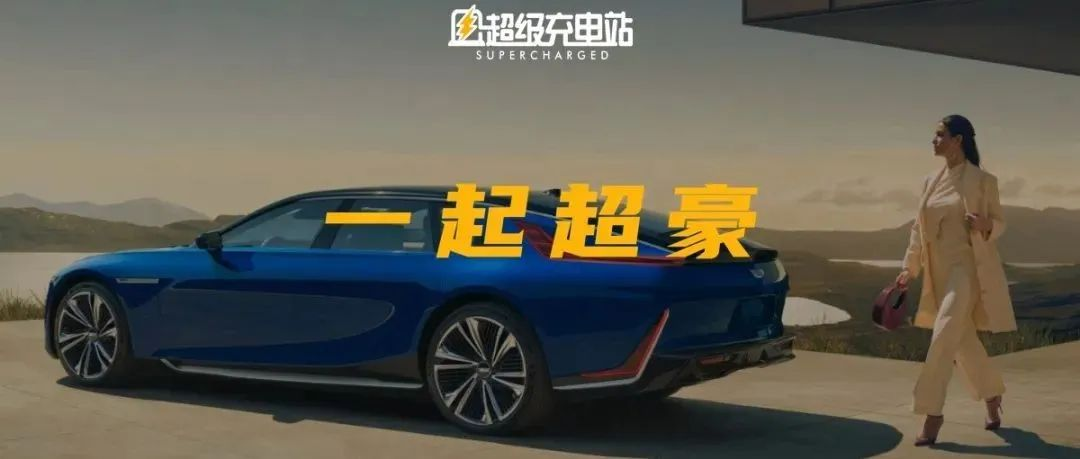Author: Chang Yan
You can say anything bad about Cadillac, but you can’t say it’s not luxury.
Since its establishment, Cadillac has played the role of a pearl on the crown of the player in the automotive center of the United States.

However, when the crown started to electrify and the pearl turned into a bulb, Cadillac seemed to sense a certain crisis.
Tesla is estimated to be the biggest threat to all people on the North American sales rankings. Those who refuse to acknowledge Tesla as a luxury brand will be rejected, while those who acknowledge Tesla as a luxury brand but cannot sell more than them will also be rejected.
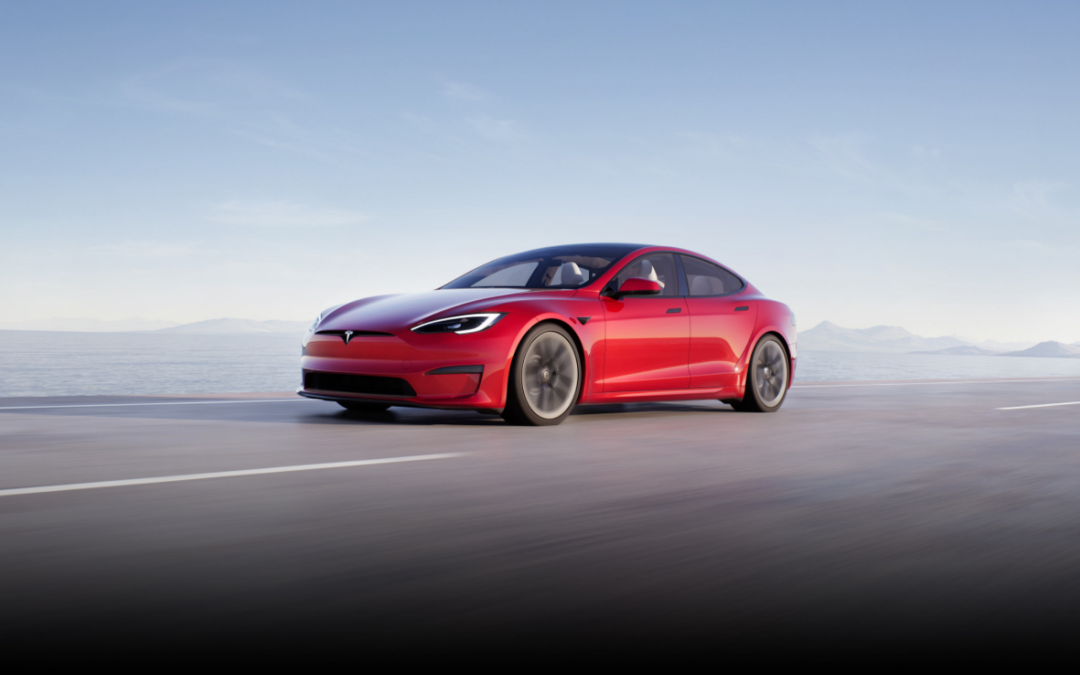
So why not consider the ultra-luxury segment?
For most car companies, the main reason for not rashly entering new price and market segments is not technical reasons, but economic reasons. If you cannot get reasonable support in sales, the huge investment in a small amount of technology will face irreversible risks.
However, electrification has given me hope. On the one hand, the research and development of basic electric technology can make the benefits of the entire brand’s products, thereby diluting the research and development costs. On the other hand, during the leap from breaking the game to the mainstream, there are still many market benchmarks for electric vehicles that are vacant and waiting for pioneers.
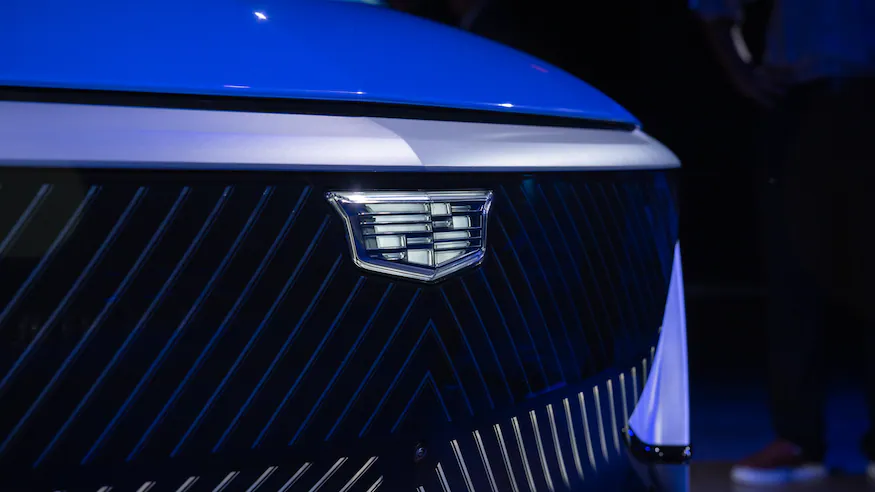
The 3 million price range is considered to be the watershed of traditional ultra-luxury cars. Before this, apart from a few low-output and extremely high-performance vehicles, there were no pure electric vehicles rushing into this range.
Just yesterday, within 24 hours, two products announced that they had reached the top. One is the Rolls-Royce Wraith, and the other is the Cadillac CELESTIQ – a super-luxury car that also has a goddess.

To be precise, because of its earlier release, the Cadillac CELESTIQ is indeed the first fully electric super-luxury sedan.
Cadillac used three parallel structures to describe the positioning of this vehicle:
-
This is one of the most advanced, luxurious, and important cars ever produced by Cadillac.- This reaffirms Cadillac as an iconic brand representing the world standard, and also as the flagship of the brand’s electric future.
-
This is a completely customized automotive artwork, built around our most advanced and innovative technologies designed for vehicles.
In fact, from the front, it seems difficult to tell the difference between the Cadillac CELESTIQ and LYRIQ at first glance, as both have almost identical elements and similar proportions in their front layout.
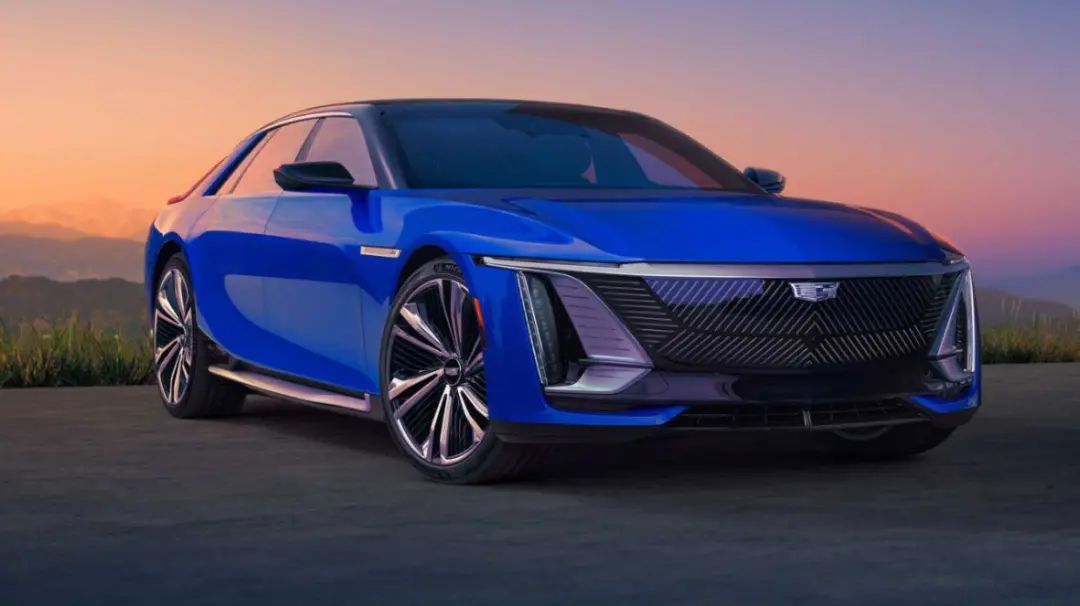
But as soon as your gaze shifts slightly, you will be impressed by its yacht-like sleek side, just like Rolls-Royce, the Cadillac CELESTIQ also adopts a smooth fastback design, ensuring that it does not lose its sporty badge while maintaining a majestic and imposing appearance.
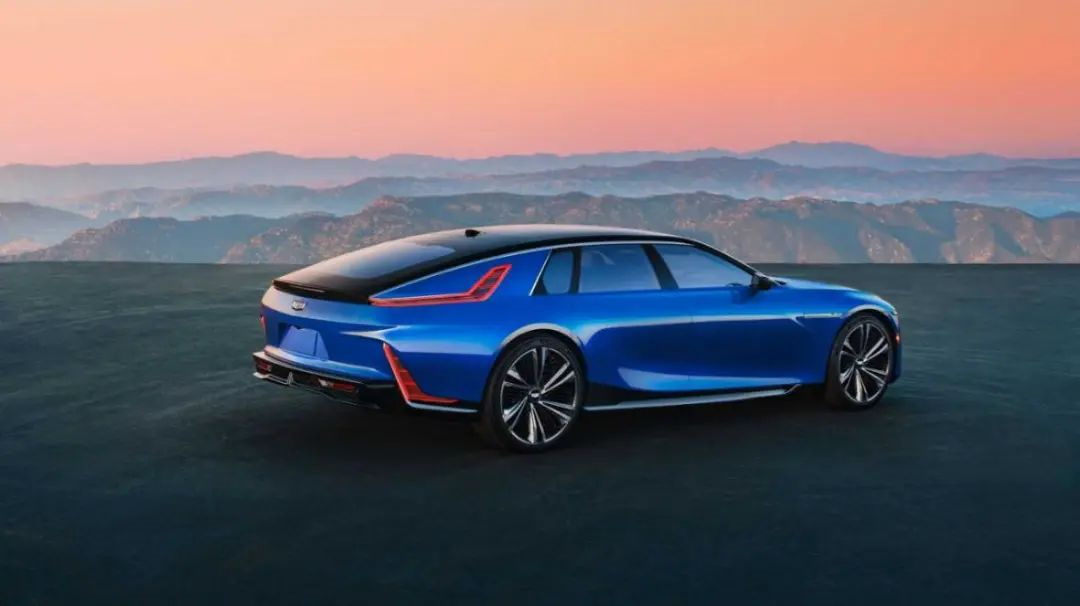
And as long as you are willing to use the 23-inch wheels as a reference, you will know how huge the space inside the car is, and the topic of similar shapes causing space compression in the car, which people are used to discussing, will never be an issue with this car.
In terms of appearance, you can see the three major detail styles that this car emphasizes on its design.
The first is the harshness towards all of the body faces, pursuing a clean and minimalist surface. The principle of Occam’s razor, “entities should not be multiplied unnecessarily”, is resolutely implemented, even elements like door handles no longer exist.
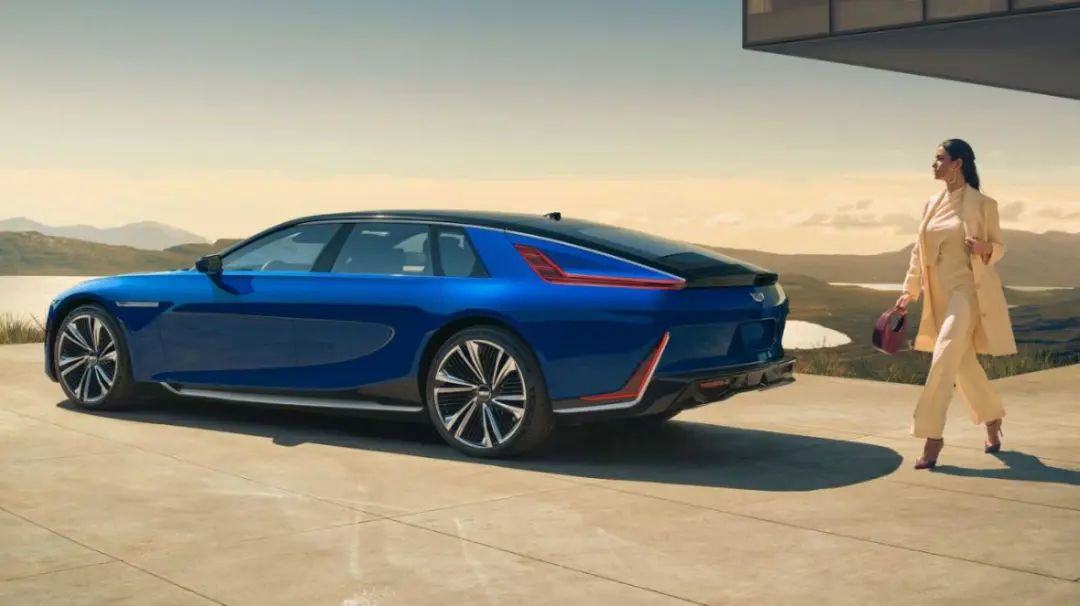
The second is the exquisite use of lighting, with each CELESTIQ having over 1,600 LED light sources, providing richer and deeper lighting experiences. Whether preparing for a journey or beginning to charge, there will be rich optical dynamics to show the car’s emotions. The goddess emblem above the charging port has a corresponding indicator light, and even the headlights and taillights can become charging status indicators for the entire vehicle.
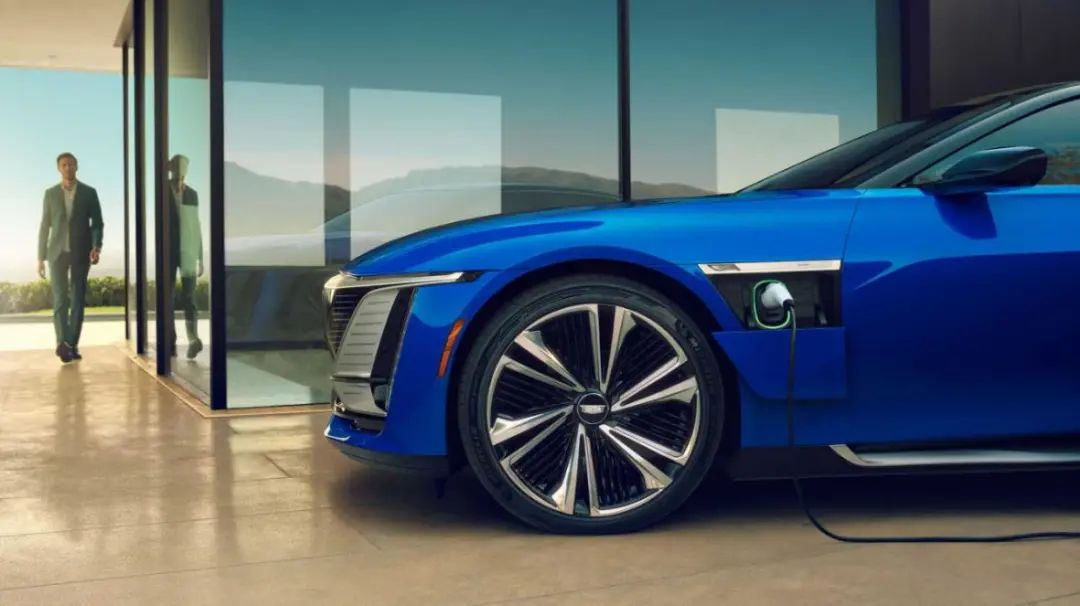 The third is obsession with materials, and carbon fiber appears on a large number of exterior parts, allowing designers to create unique forms that traditional metal body panels cannot achieve. And locations including the grille, head, rocker, tail light and front light decorations, side decorations and other parts are all made of real aluminum. The grille and goddess emblem of the entire vehicle are made of cast aluminum and then completed through processes such as polishing, drawing, and coloring. The goddess decoration also includes unique crystal elements.
The third is obsession with materials, and carbon fiber appears on a large number of exterior parts, allowing designers to create unique forms that traditional metal body panels cannot achieve. And locations including the grille, head, rocker, tail light and front light decorations, side decorations and other parts are all made of real aluminum. The grille and goddess emblem of the entire vehicle are made of cast aluminum and then completed through processes such as polishing, drawing, and coloring. The goddess decoration also includes unique crystal elements.
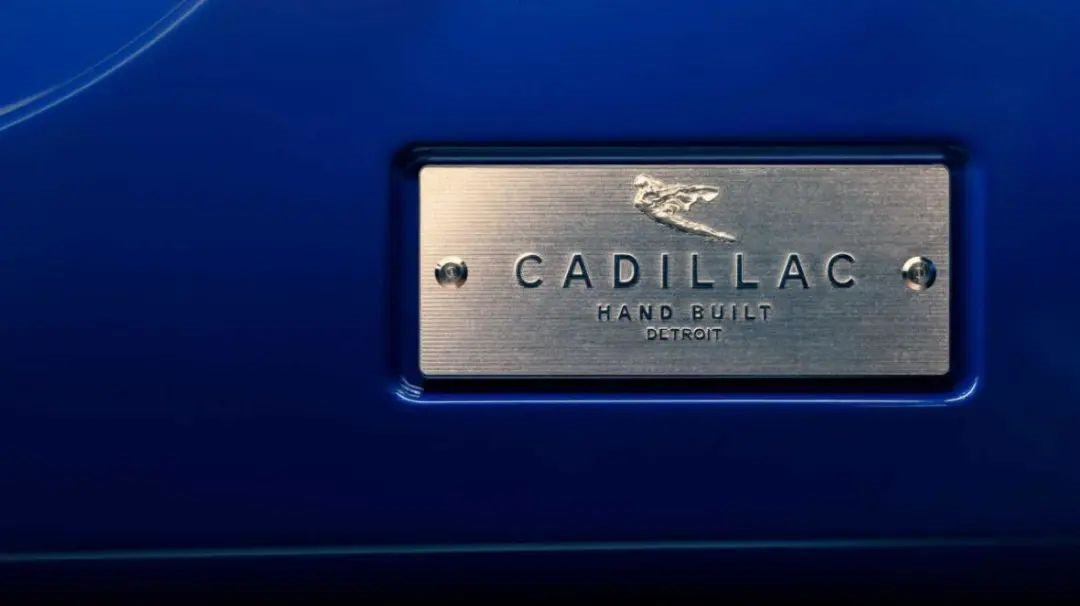
If restraint is the keyword for the appearance, then fullness is the advertising slogan for the interior.
CELESTIQ has a total of 5 high-definition displays. The front row is equipped with a dazzling 55-inch high-definition screen, with two independent screen panels under a piece of glass, with extremely high resolution and color accuracy. The screen in front of the co-pilot also has a unique anti-peeping design.

Each rear seat has a dedicated 12.6-inch display screen, and the front and rear are equipped with 11-inch and 8-inch touch control screens, respectively.
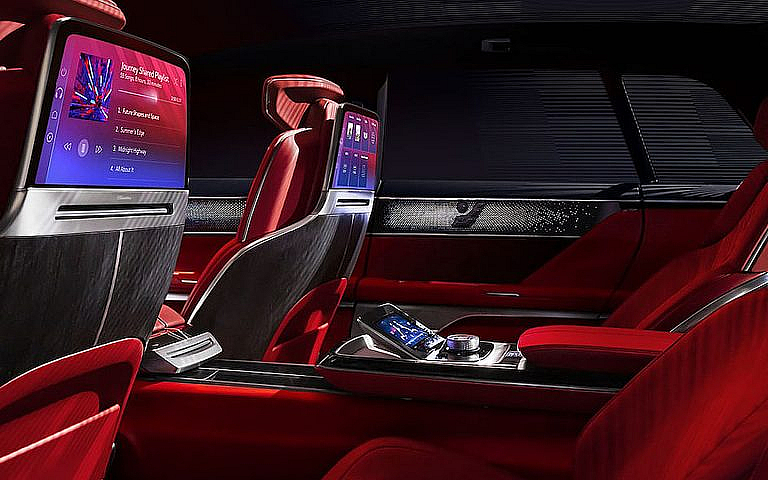
More than the screens are speakers. CELESTIQ offers 41 speakers, including three external speakers. Inside the car, the AKG Studio Reference Audio System with 38 speakers is custom-tuned by professional audio engineers, using three independent amplifiers to supply power for 30 channels, achieving a completely immersive audio experience. This system features 3D surround, road noise compensation, conversation enhancement, phone zone technology, and more. Overall, its design aims to provide a clear, detailed, and distortion-free listening experience.

The car is also equipped with the next-generation active road noise cancellation system, which works similar to noise-cancelling headphones and helps to eliminate road noise. The glass roof of the entire vehicle also contributes to quietness, as it is made of 7.5mm thick advanced noise-reducing glass, which is twice the thickness of advanced soundproof windshield glass, helping to reduce road noise.
CELESTIQ Is the First Vehicle to Use Gentherm ClimateSense Four-Zone Microclimate System as Standard Equipment
CELESTIQ is the first vehicle to use Gentherm ClimateSense four-zone microclimate system as standard equipment. It has 33 unique microclimate devices, allowing each passenger to customize the heating and cooling of their seats, as well as advanced airflow technology, creating a truly personalized comfort experience.
In addition to these commonalities, almost all the materials in the interior can be customized for personalization. Car owners can choose from various combinations of metals, leather, and custom materials, and enjoy the first-class craftsmanship of production and polishing.
As Cadillac emphasized in its official poster, they hope CELESTIQ is a One of One product, in which each car is a unique creation, and many core components are completed manually. Cadillac said that at any time, no more than six cars can be assembled simultaneously.
“As the number of handmade vehicles provided globally each year is very low and has an exclusive declaration procedure, CELESTIQ will truly become a one-to-one customized product.”
Unlike other luxury brands, CELESTIQ does not emphasize the uniqueness of the platform. Instead, the Ultium platform still plays an important role in this car, and the three electrical advantages repeatedly introduced on this platform are reproduced in this car.
As for the driving performance, we didn’t see too many big strides. With a 111kWh battery pack and a dual-motor four-wheel drive system, it brings 600 horsepower output, 3.8-second 0-60 mph acceleration ability, and 483km EPA range.
In short, in CELESTIQ’s electric power technology, we didn’t see too many exciting technological breakthroughs. Most of the experiences are even similar to what you can experience on a LYRIQ.The only difference between CELESTIQ and other vehicles on the same platform is the specially calibrated 11.59:1 front gear ratio and 11.63:1 rear gear ratio optimized for range and performance. However, like the secret formulas of traditional watchmakers, these numbers often only reflect an attitude of refinement.
In terms of performance, CELESTIQ is more focused on showcasing its mechanical parts, applying Cadillac’s understanding of vehicle chassis and suspension systems into engineering practice.
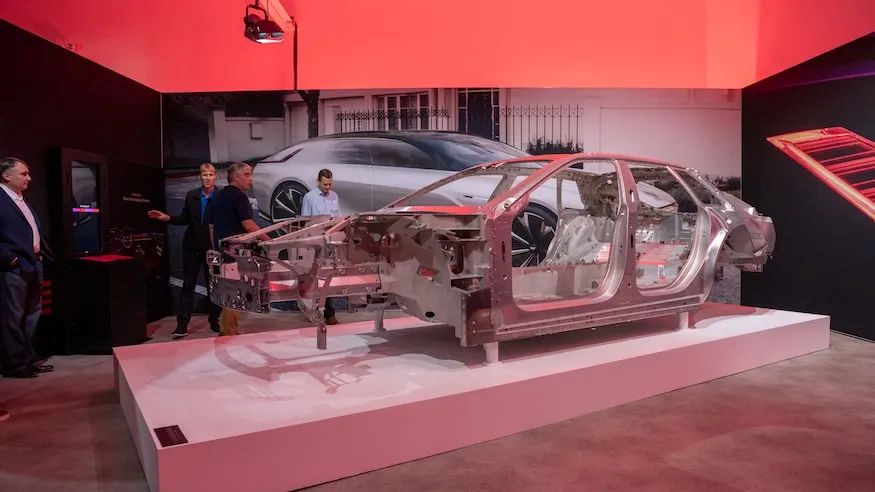
The air suspension is a given, and the electromagnetic suspension developed for the CT5-V Blackwing appears on the chassis, one of the fastest-reacting suspension technologies in the world.
The dual-motor setup can control the torque output as needed and can automatically disable the front or rear motor. Meanwhile, the rear wheels have a steering angle of 3.5 degrees.

Not only does the electric power steering provide adjustable assistance and steering ratio, but the chassis also has an active anti-roll feature. The five-link suspension at the front and rear provides special performance tailored for high-torque output of electric motors. Precisely tuned to minimize cabin interference, it still provides appropriate road feel and handling response, fulfilling Cadillac’s promise of road filtering precision.

The process of connecting these components together is nothing short of magic.
Each CELESTIQ will feature over 300 parts on the body, including 115 3D-printed parts, the most in the industry. The largest metal part produced through printing during production will be the center of the steering wheel, while the adjustable belt guide loop is General Motor’s first 3D-printed safety-related part.
The CELESTIQ chassis includes six large precision sand cast aluminum components. Compared to typical stamping structures, each casting can reduce the number of parts by 30 to 40. The benefits are more efficient use of space, simplicity, and improved structural stiffness.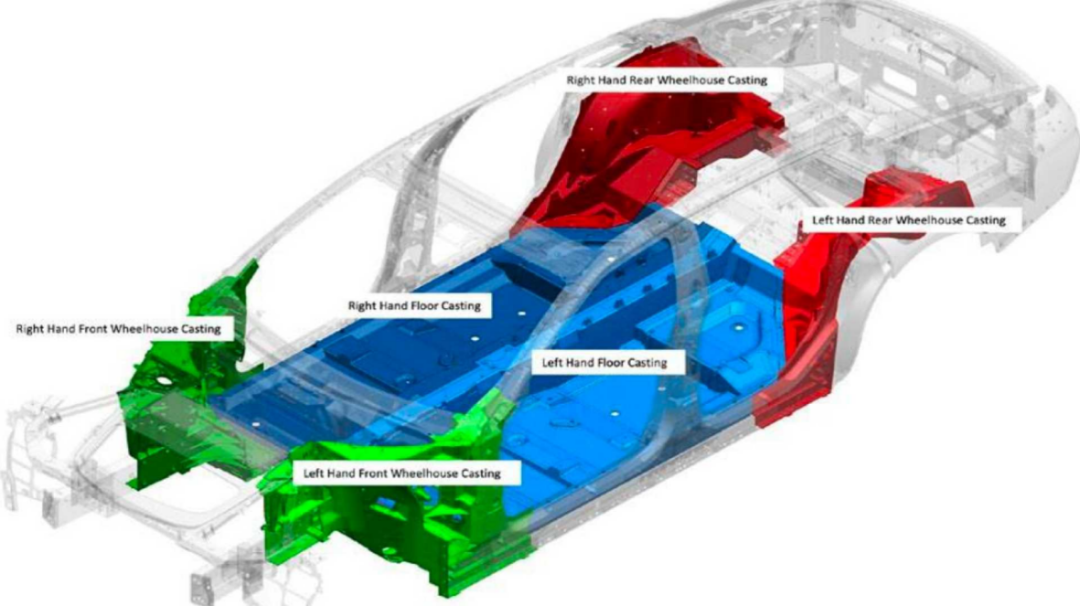
Oh, almost forgot, CELESTIQ will also feature the Ultra Cruise intelligent driving system, but the specific effect remains to be seen in the future.
The last big question, how do you view the super luxury road of electric cars?
Perhaps my perspective has always been a bit pessimistic, which always reminds me of the initial predicament of the Apple Watch.

Although Johnny Ive, the arm and leg man of Jobs, threw $25 million to build a visually perfect internal tent next to the conference venue to highlight the Apple Watch’s era-defining status during its launch, consumers did not buy the Apple Watch Edition made of 18K gold with a price tag of up to RMB 120,000.
The reasons for this lie in two aspects: firstly, people’s value dimension judgment has changed for smartwatches; secondly, in the face of rapidly changing technology, people’s determination to buy current products at high prices is always not strong enough.
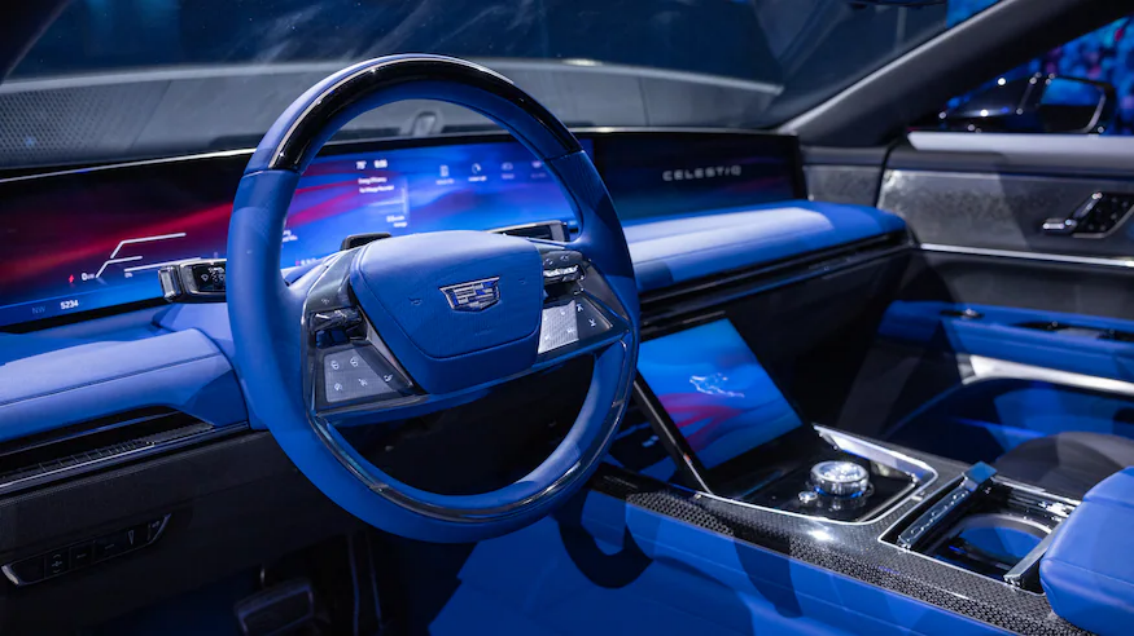
Although the technological iteration speed of electric vehicles still exceeds that of consumer electronics and the proportion of traditional mechanical value in electric vehicles is still higher, it cannot stop the change in consumers’ revaluation of value.
All super luxury electric cars will face two layers of questioning from potential users:
-
Why can this car be sold at such a high price?
-
Why spend so much money to buy an electric car?
In all the hundred-year history books of manufacturers, there are really no such answers.
-END-
This article is a translation by ChatGPT of a Chinese report from 42HOW. If you have any questions about it, please email bd@42how.com.
